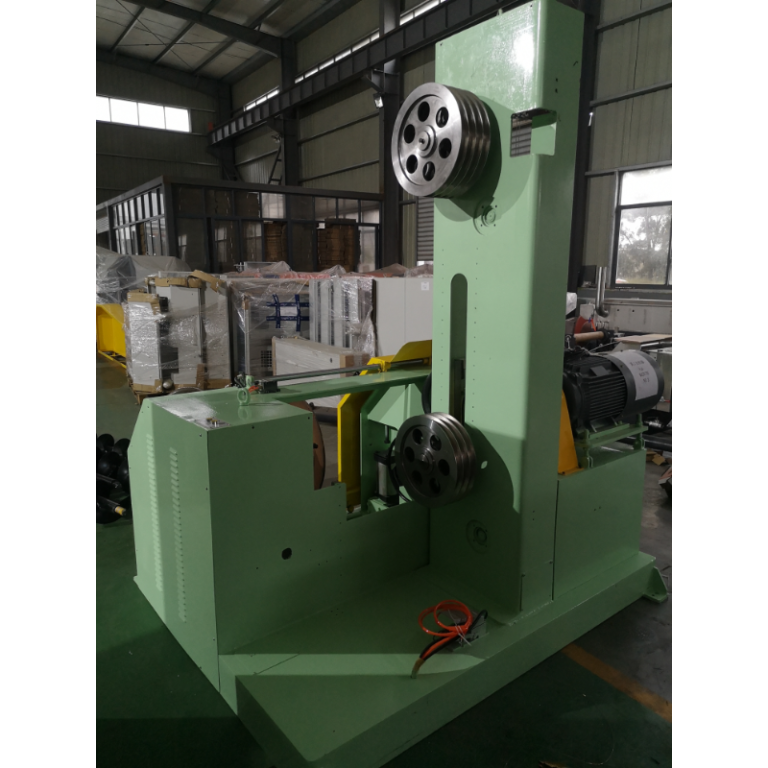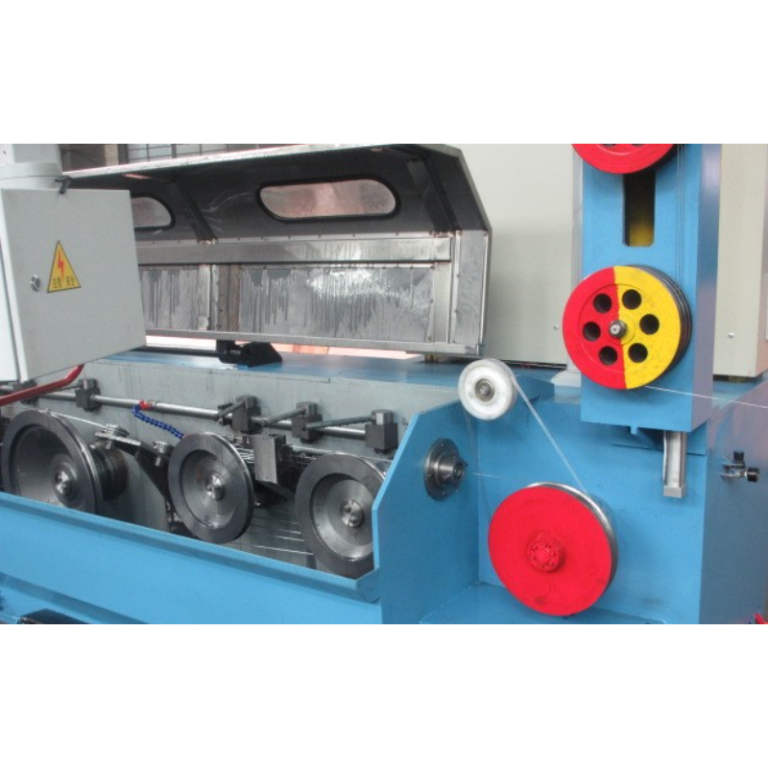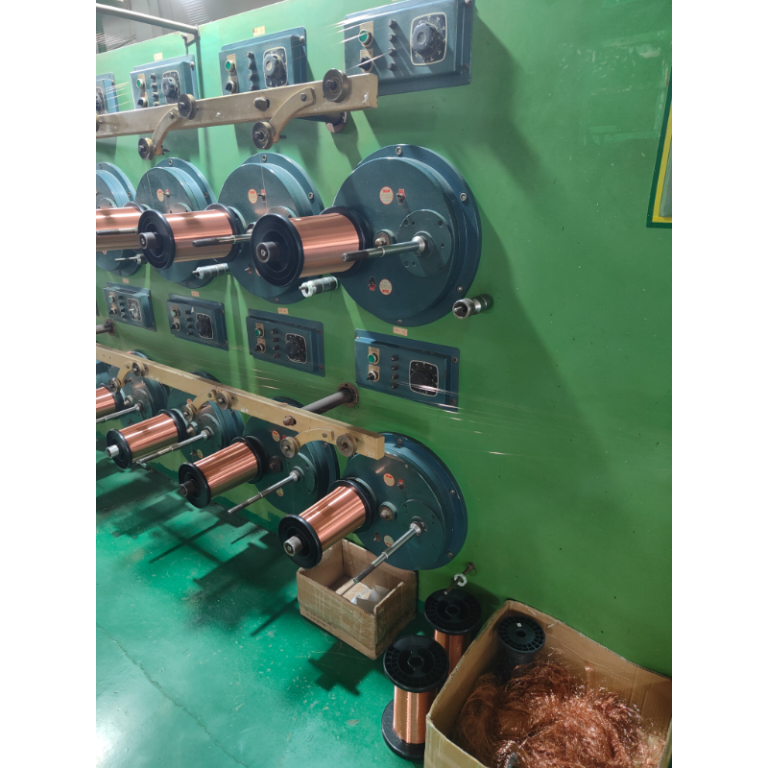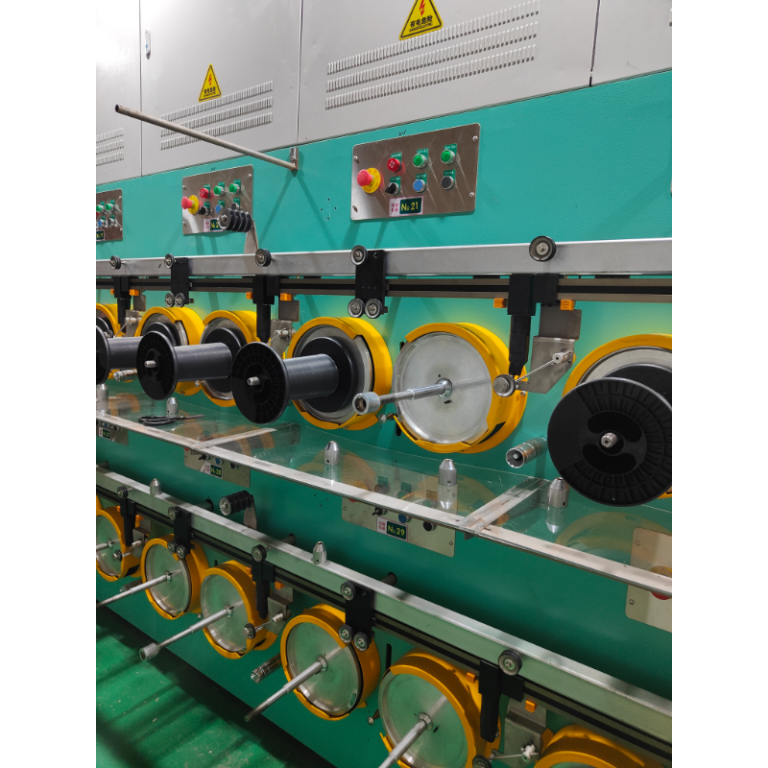Table of Contents
Tips for Optimizing Efficiency in Heat Exchange Enameling Production Line
Heat Exchange Enameling Machine are essential for manufacturing heat exchangers used in various industries such as HVAC, automotive, and aerospace. These production lines involve multiple processes such as cleaning, coating, drying, and curing to ensure the quality and durability of the final product. To optimize efficiency in a heat exchange enameling production line, it is crucial to implement certain tips and strategies that can streamline the production process and improve overall productivity.
One key tip for optimizing efficiency in a heat exchange enameling production line is to ensure proper maintenance of equipment and machinery. Regular maintenance and servicing of equipment such as ovens, conveyors, and coating machines can help prevent breakdowns and downtime, which can significantly impact production output. It is important to schedule routine maintenance checks and inspections to identify any potential issues and address them promptly to avoid disruptions in the production process.
Another tip for optimizing efficiency is to implement automation and robotics in the production line. Automation can help streamline repetitive tasks and improve accuracy and consistency in the production process. By automating certain processes such as coating application and curing, manufacturers can reduce labor costs, minimize errors, and increase production speed. Investing in automation technology can also help improve overall product quality and consistency, leading to higher customer satisfaction.
Furthermore, optimizing the layout and design of the Wire Enameling Plant can also help improve efficiency. By organizing equipment and workstations in a logical and efficient manner, manufacturers can reduce unnecessary movement and transportation of materials, which can save time and improve workflow. It is important to analyze the flow of materials and personnel in the production line and make adjustments to optimize efficiency and minimize bottlenecks.
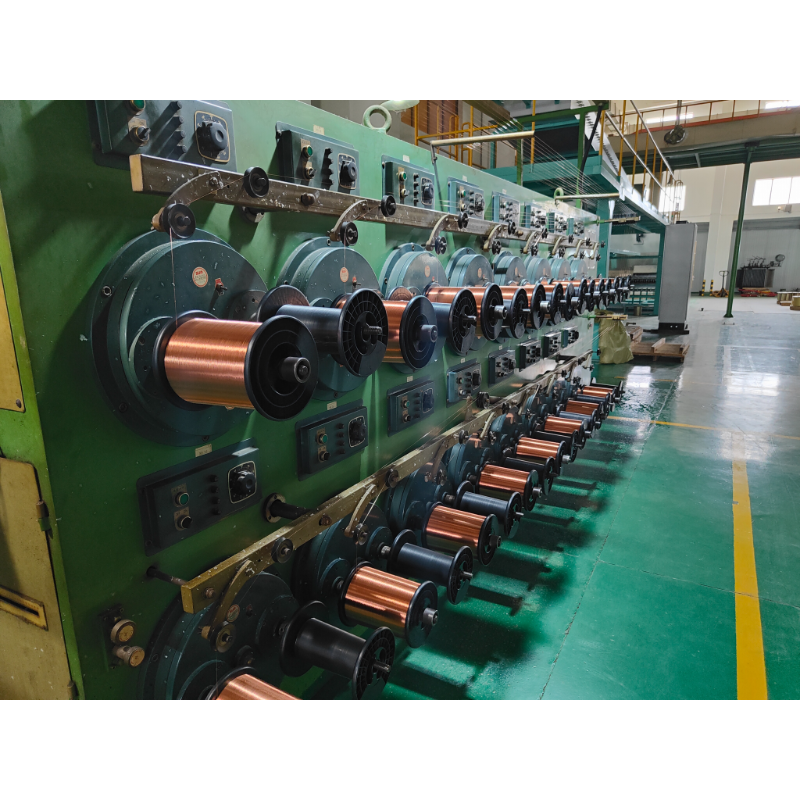
In addition, implementing lean manufacturing principles can help optimize efficiency in a heat exchange enameling production line. Lean manufacturing focuses on eliminating waste, improving processes, and maximizing value for the customer. By identifying and eliminating non-value-added activities, manufacturers can streamline the production process, reduce lead times, and increase productivity. Implementing lean tools such as 5S, kanban, and value stream mapping can help identify areas for improvement and drive continuous improvement in the production line.
Moreover, training and development of personnel are essential for optimizing efficiency in a heat exchange enameling production line. Providing employees with proper training on equipment operation, safety procedures, and quality standards can help improve productivity and reduce errors. It is important to invest in ongoing training and development programs to ensure that employees have the necessary skills and knowledge to perform their jobs effectively.
In conclusion, optimizing efficiency in a heat exchange enameling production line requires a combination of proper maintenance, automation, layout design, lean manufacturing principles, and employee training. By implementing these tips and strategies, manufacturers can streamline the production process, improve productivity, and enhance overall efficiency in the production line. Ultimately, optimizing efficiency can help manufacturers meet customer demands, reduce costs, and stay competitive in the market.
Benefits of Implementing a Heat Exchange Enameling Production Line
In the world of industrial manufacturing, efficiency and quality are key factors in determining the success of a production line. One method that has gained popularity in recent years is the use of heat exchange Enameling Wire Production Line. These systems offer a number of benefits that can help companies improve their processes and ultimately increase their bottom line.
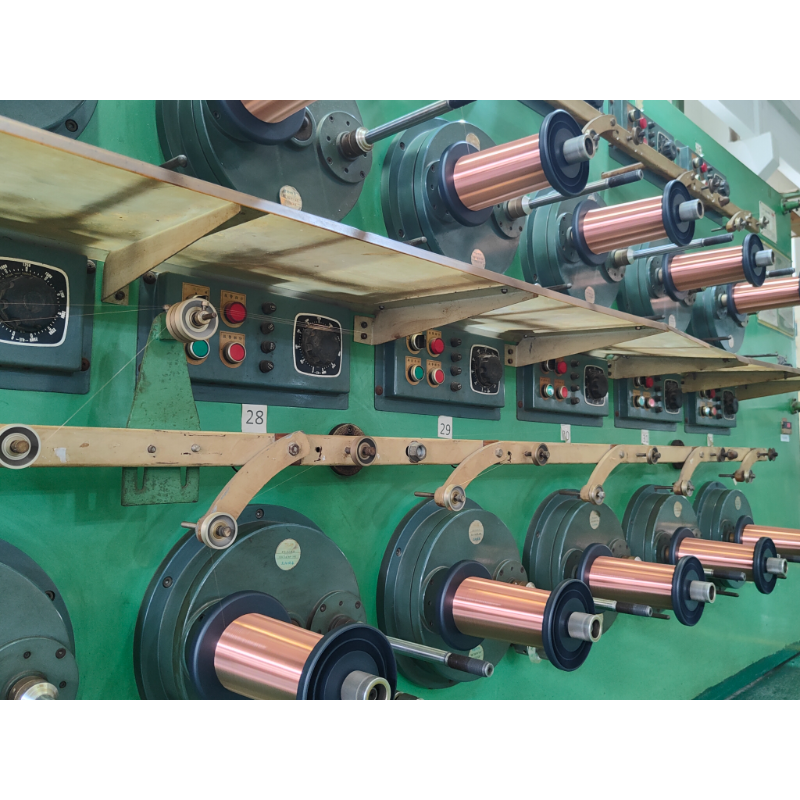
One of the primary benefits of implementing a heat exchange enameling production line is the ability to achieve consistent and uniform results. Traditional enameling methods often rely on manual labor, which can lead to variations in the thickness and quality of the enamel coating. By using a heat exchange system, companies can ensure that each product receives the same level of heat treatment, resulting in a more uniform finish.
Another advantage of heat exchange enameling production lines is the ability to increase production speed. These systems are designed to heat products quickly and efficiently, allowing companies to process more items in a shorter amount of time. This can help companies meet tight deadlines and fulfill large orders without sacrificing quality.
In addition to improving efficiency and quality, heat exchange enameling production lines can also help companies reduce their energy consumption. These systems are designed to be highly efficient, using less energy than traditional enameling methods. This can lead to cost savings for companies in the form of lower utility bills and reduced environmental impact.
Furthermore, heat exchange enameling production lines are also more environmentally friendly than traditional enameling methods. These systems produce fewer emissions and waste products, making them a more sustainable option for companies looking to reduce their carbon footprint. By implementing a heat exchange system, companies can demonstrate their commitment to environmental stewardship and attract environmentally conscious customers.
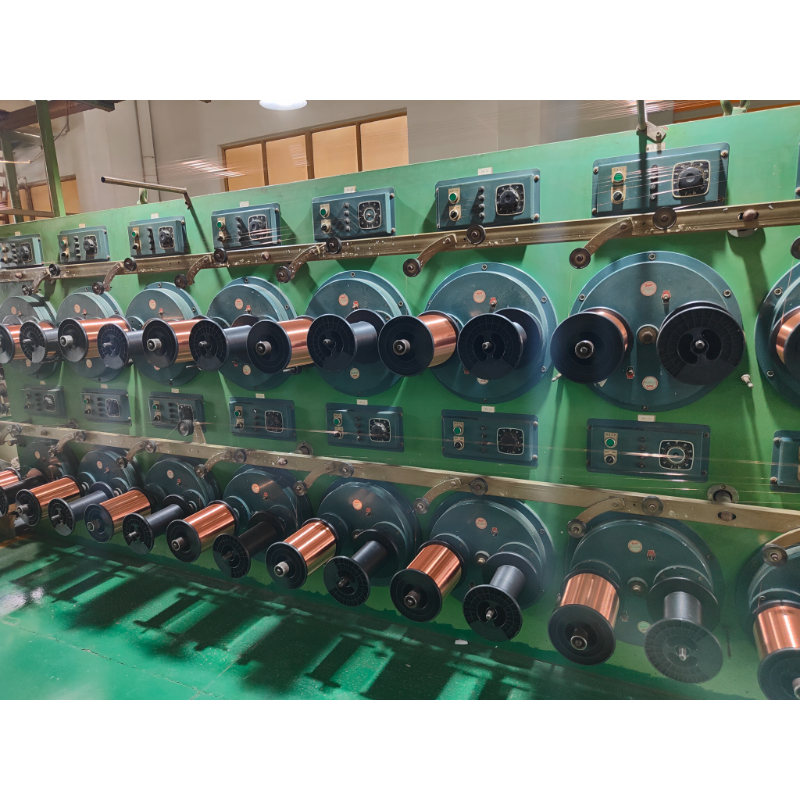
Overall, the benefits of implementing a heat exchange enameling production line are clear. These systems offer companies the ability to achieve consistent and uniform results, increase production speed, reduce energy consumption, and improve their environmental impact. By investing in a heat exchange system, companies can improve their processes, increase their efficiency, and ultimately boost their bottom line.

